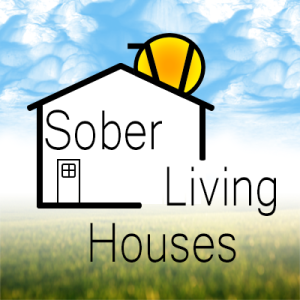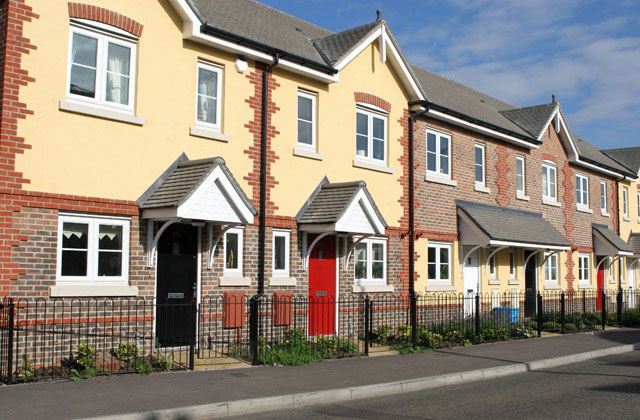If you’ve only recently heard of the success of sober living houses in helping residents maintain their abstinence from drugs and alcohol, you might think that they were a brand new approach to addiction problems. While the most modern facilities are the result of the latest in medical and sociological information, they are also part of a very old tradition of helping people cope with substance abuse problems.
Better Than Traditional Halfway Houses
Sober living houses like NuVuSoberLiving.com are becoming much more popular than halfway houses for helping residents recover from substance abuse problems. Because recovery houses are funded largely by the contributions of the residents, it’s possible for people to stay in them for as long as necessary. That gives residents the best chance to sustain their recovery and stay sober. Halfway houses are designed to be more intensive for a shorter length of time, and residents are forced to leave when their tiem is up whether they feel they’re ready or not, which can lead to relapses that end up requiring much more intensive medical care.
A Long Tradition of Helping People Recover
Sober living houses have as much in common with organizations like the Salvation Army and the YMCA that offered so-called dry hotels before the Civil War as part of the nationwide Temperance Movement. Dry hotels and similar lodging houses would insulate the residents from outside pressures to continue abusing alcohol. Strong-willed landlords were put in charge of these temperance hotels and took a personal interest in seeing that the residents remained sober. Unlike today’s version of sober living houses, the residents had little say in the day to day operation of the facilities, and they had many requirements placed on them if they wanted to continue living at the houses. Today’s sober living arrangments provide a sense of community within the house and feel more like a home than an institution.
A Postwar Shortage of Housing
At the close of World War II, the population of cities boomed, and that led to a shortage of urban housing of all kinds. Inexpensive places for the down and out became scarcer, and the problem of addiction became more acute in many places. To cope with these problems, self-help programs like Alcoholics Anonymous and similar programs emerged. Many sober living houses informally referred to as twelfth step houses became the last stop between addiction and a return to normal life.
More Challenges in the 1970s
Problems of affordable housing coupled with increasing addiction also fueled problems in cities in the 1970s, as rooming houses became scarce due to urban renewal. This lack of cheap housing coincided with the deinstitutionalization of patients in psychiatric hospitals, and the country began to see a marked increase in homelessness as a result. This made effective treatment of addiction even more difficult.
Today’s sober living houses combine the best of early attempts to provide a refuge from pressures to begin using drugs and alcohol again, while also offering residents a more humane and empowering approach to regaining their health in a setting with peer support and as much autonomy as possible. Because recovery houses provide proven results while costing much less than halfway houses and outpatient services, their popularity is sure to continue its rise across the country.




